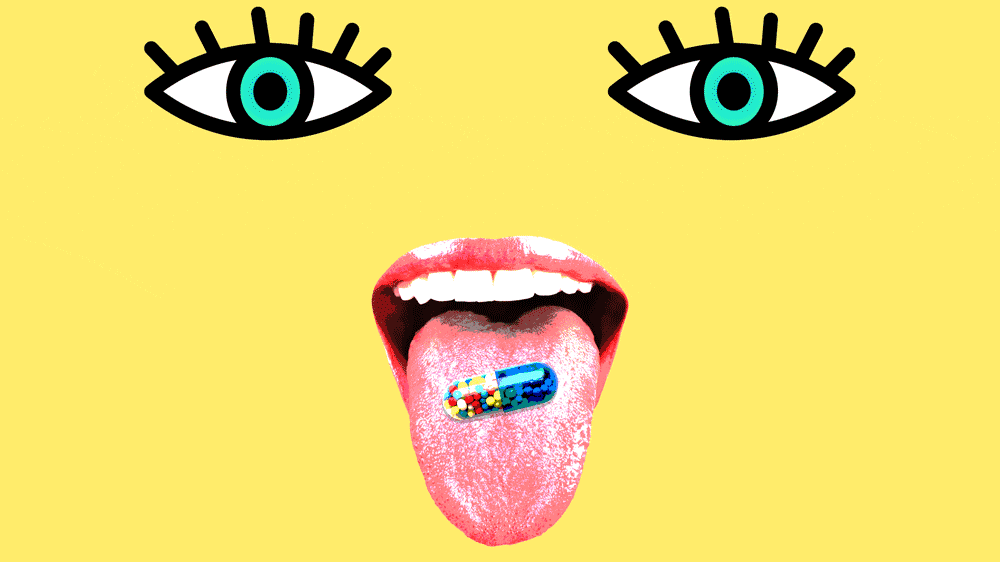Science
Photo Illustration by Elizabeth Brockway/The Daily Beast
The 5 Most Wondrous Medical Breakthroughs This Year
The Future of Medicine Is Here
Medicine sped into new territory this year, breaking ground in gene editing and figuring out new ways to treat timeless problems, and more.

Trending Now





